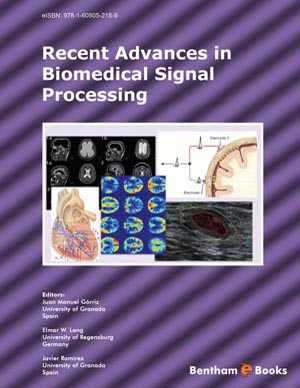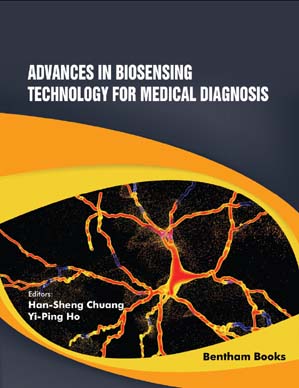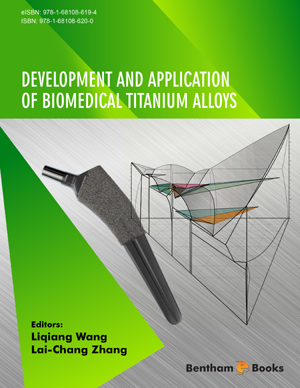Abstract
Some approaches for a computer aided diagnosis (CAD) system for the analysis and classification of SPECT images can be found in literature. Two families of algorithms are used for this purpose. One the one hand monovariate methodologies based on statistical parametric mapping (SPM) are widely used due the great results that the random field theory has obtained. SPM consists of doing a voxelwise statistical test, in most cases a t-test, which allows comparing somehow the image under study with other images used as model. On the other hand multivariate approaches such as MANCOVA, consider as one observation all the voxels in a single image to make inferences about distributed activation effects. Thus, these methods increase sensibility but they suffer the so-called small sample size problem. In this sense, recent multivariate CAD system include sophisticated methodologies to reduce the input space, and thus they get to reduce the small sample size problem. This chapter shows a brief overview of the SPMoperation and explain some ways of using it for classification tasks. Moreover, a GMM-based method is described in order to exemplify multivariate approaches. Both methodologies are employed for building a CAD system for Alzheimer’s disease (AD). In spite of the large differences between the two systems, both of them achieve similar effectiveness rates.
Keywords: Statistical Parametric Mapping, SPECT, Gaussian Mixture Model, Expectation Maximization Algorithm, Alzheimer’s Disease





